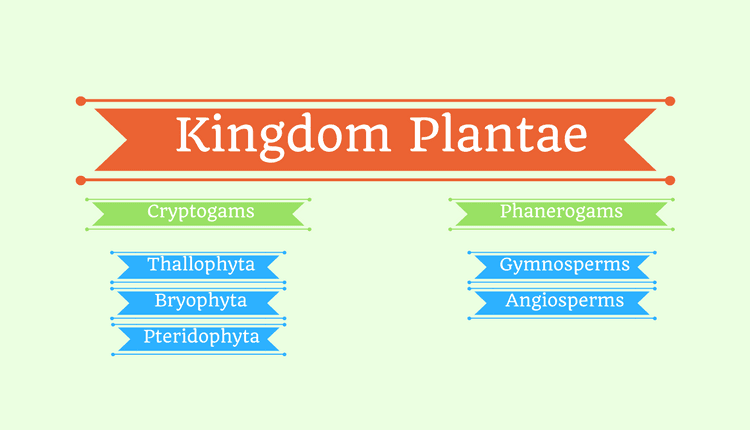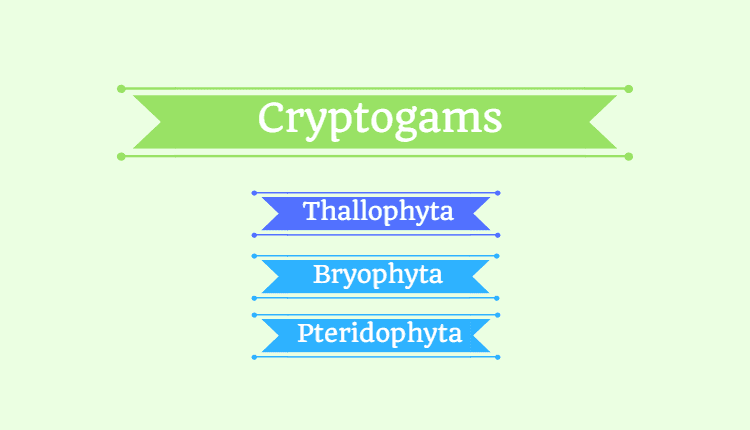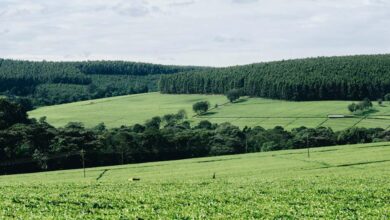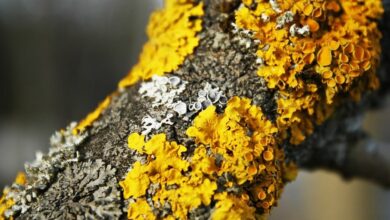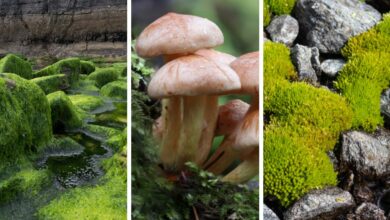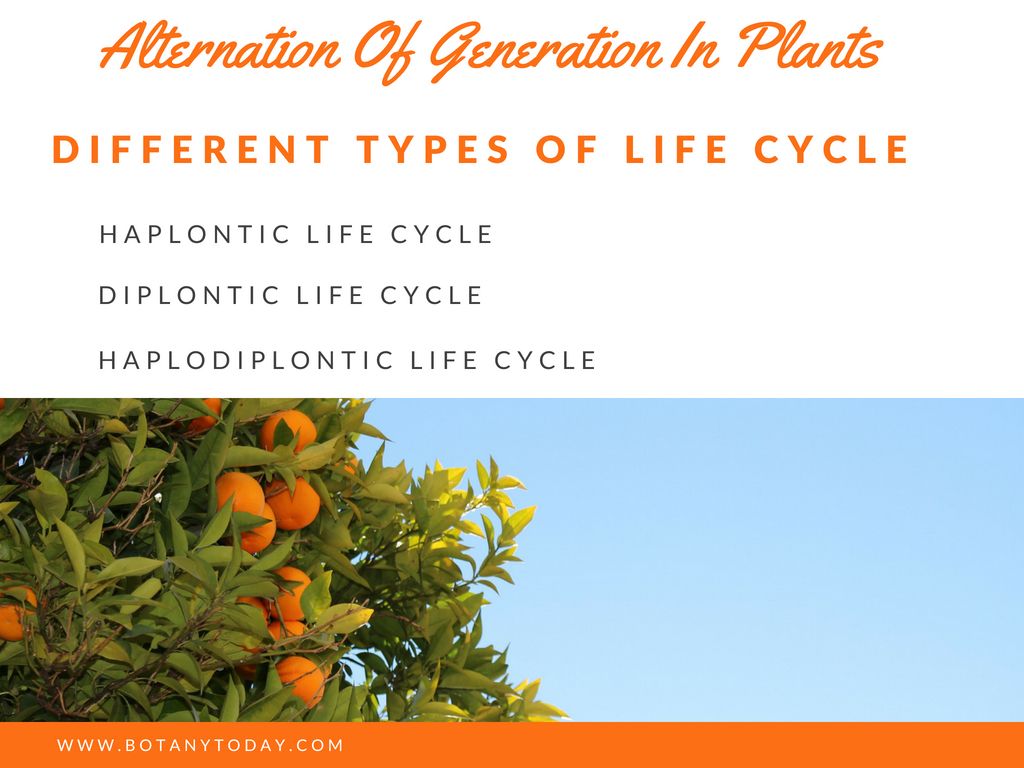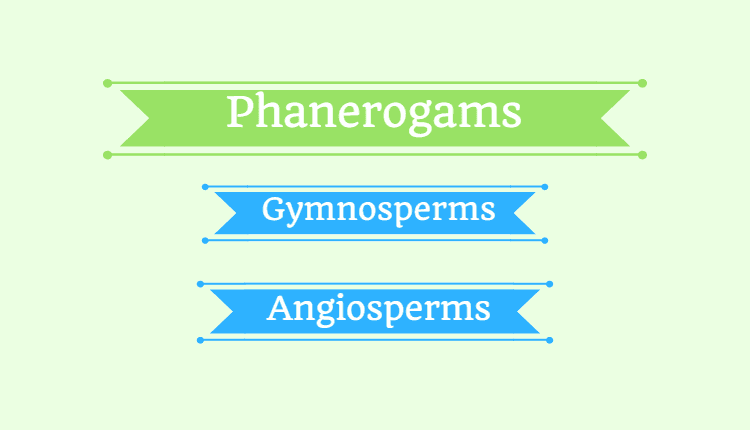Angiosperms: Classification, Characteristics & Reproduction
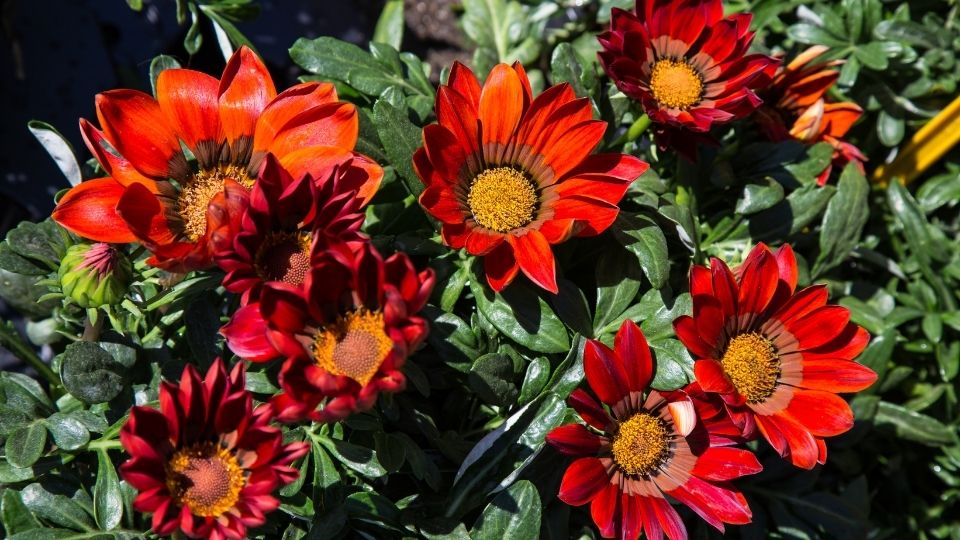
The beautiful flowering plants that we see in parks, in our locality, in gardens, etc., all belong to angiosperms. An angiosperm is a group that consists of flowering plants where the seeds are covered within the fruits. These are the most advanced plants found to date. There are approximately 260,000 species of angiosperms known. The life cycle of angiosperm undergoes alternation of generations between two phases sporophytic and gametophytic phases.
The word angiosperm is composed of two Greek words- “angio”, which means vessel and “sperma”, which means seed. Thus, angiosperm refers to a vessel that contains seeds.
Classification of Angiosperms
Angiosperm can be classified under two sub-headings:
- Monocotyledons or monocots: The monocots have embryos consisting of only one cotyledon. Leaves have parallel veination, and the roots are of adventitious type. Here secondary growth is absent. 65000 species of monocots are known and most of these are very economically important to man. Monocots consist of all grains such as rice, wheat, millets, barley, oats, etc. that are basic food items (staple food) for humans living in Asia, Africa and South and North America. For example, wheat, corn, banana, onion, grasses, etc.
- Dicotyledons or dicots: These consist of an embryo containing two cotyledons. Here the roots develop from the radicle and the leaves have reticulate veination. Dicots have secondary growth — for example, peas, oak, tomato, potato, rose, beans, etc.
Characteristic features of angiosperms
The angiosperms have the following characteristic features:
- Angiosperms are flowering plants that have seeds covered under fruits.
- These are eukaryotic, multicellular and non-motile living organisms.
- These are land plants that have diverse habitats.
- Their plant body is divided into root, stem and leaves.
- They have a well-defined vascular system consisting of xylem and phloem vessels.
- Secondary growth is seen in angiosperms.
- These can be annual or perennial, evergreen or deciduous and woody to herbaceous. These consist of herbs, shrubs and trees.
- Angiosperms vary in size, from duckweed being the smallest one to Eucalyptus being the tallest one.
- The sex organs are found inside the flower.
- The female reproductive organ is called the carpel. The male reproductive organ is called the stamen. The carpels are collectively known as gynoecium and stamens are collectively known as androecium.
- The stamen consists of a filament and anthers, while the carpel comprises stigma, style and ovary.
- Reproduction in angiosperms is aided by pollination.
- Angiosperms have a unique property of double fertilisation.
- The life cycle of angiosperms shows an alternation of generation.
- The sporophyte phase is dominant, while the gametophyte phase is reduced.
- The sporophyte is chlorophyllous, while the gametophyte is small and achlorophyllous. The gametophytic phase is dependent on the sporophytic phase.
- In angiosperm, the ovule forms the seed, and the ovary forms the fruit.
- Angiosperms can produce microspores and megaspores, hence are heterosporous.
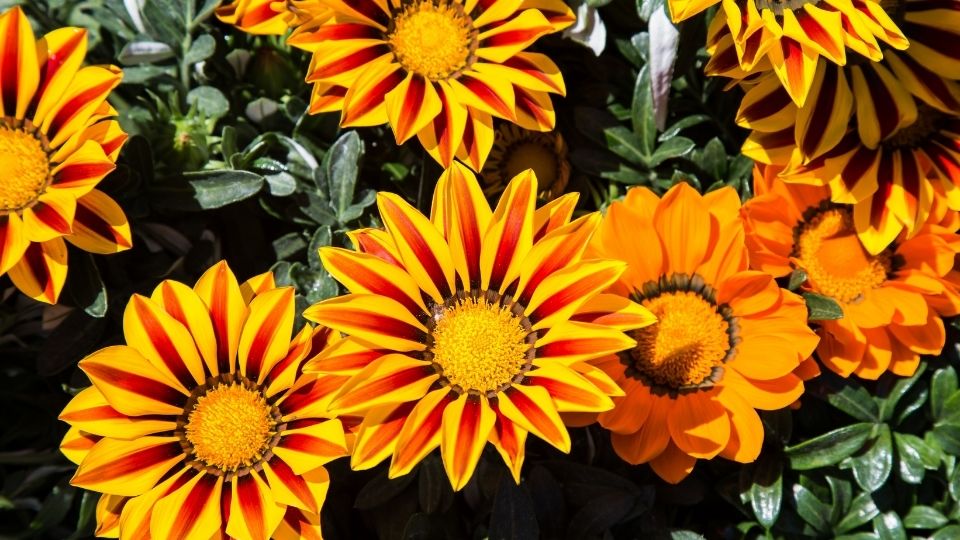
Reproduction in Angiosperms
- Ovule contains single megaspore mother cells. A single megaspore mother cell undergoes meiotic division producing four megaspores.
- These megaspores are called female gametes. Out of four megaspores, three megaspores degenerate. One megaspore undergoes mitotic division and consequently increases in size. The daughter nuclei inside the megaspore divide twice, producing eight haploid nuclei in a row of two (each row having four nucleus). Four of these haploid nuclei move towards the centre and start to function as polar nuclei. The polar nuclei can fuse together forming a diploid polar nucleus or may form a cell containing two polar nuclei. Cell wall develops around the remaining nuclei. The embryo sac is formed that includes one cell that functions as an egg while the other two form the two synergids. The remaining three cells form the antipodal cells. Egg apparatus is formed with egg cells and synergids.
- In the male reproductive system, the anther consists of four patches of tissues. These tissues are made up of diploid microspore mother cells. These microspore mother cells undergo meiosis forming four haploid microspores. A two-layered wall is formed outside each microspore. Each microspore forms a tetrad like structure. The nucleus divides once inside the microspore converting it into a binucleate structure. Anther matures, leading to break the walls of the tetrad, forming the sac-like structure. It releases the binucleated microspore which is now called a pollen grain.
- Pollen grains are carried away by wind or other pollinators such as bees, birds and animals to the stigma of the same or different flower. This process is called pollination.
- After reaching the stigma of the flower, the pollen grain forms a pollen tube that reaches the micropyle of the ovule and the two nuclei inside the pollen grain form a generative cell and a tube nucleus. Then the generative cell divides to form two sperm cells.
- After reaching the embryo sac, the pollen grain discharges its content into the sac. One sperm meets the egg and fertilizes to form a zygote. The other sperm fertilizes the two polar nuclei and forms a triploid primary endosperm nucleus (PEN) or endosperm. It is known as double fertilization.
- Double fertilization helps to conserve energy.
- At last, the zygote develops into a new sporophytic plant.
Economic Importance of Angiosperms
Angiosperms provide man with food, shelter, drink, items of clothing, chemicals and medicines.
- Angiosperms provide food, and fodder – Wheat, rice, pulses, corn, etc., are used as food. Fruits are also obtained from angiosperms, such as apple, mango, sugarcane, banana, papaya, coconut, etc.
- Beverages – Angiosperms provide various kinds of beverages such as tea, coffee and other alcoholic spirits.
- Sugar and Spices – Sugar is obtained from sugar cane. Various spices such as cardamom, cinnamon, ginger, garlic, etc., are used as spices in vegetables and tea. These have antioxidant properties and are beneficial to the human body in many ways.
- As medicine – Various drugs are extracted from leaves, roots and stems of many plants of this group, such as quinine used to treat malaria is obtained from cinchona plant, leaves of Catharanthus roseus is used in diabetes, marigold flowers are used to treat a wound, etc.
- For Building Infrastructure – Woods and logs obtained from cutting trees are used to make buildings and types of furniture.

